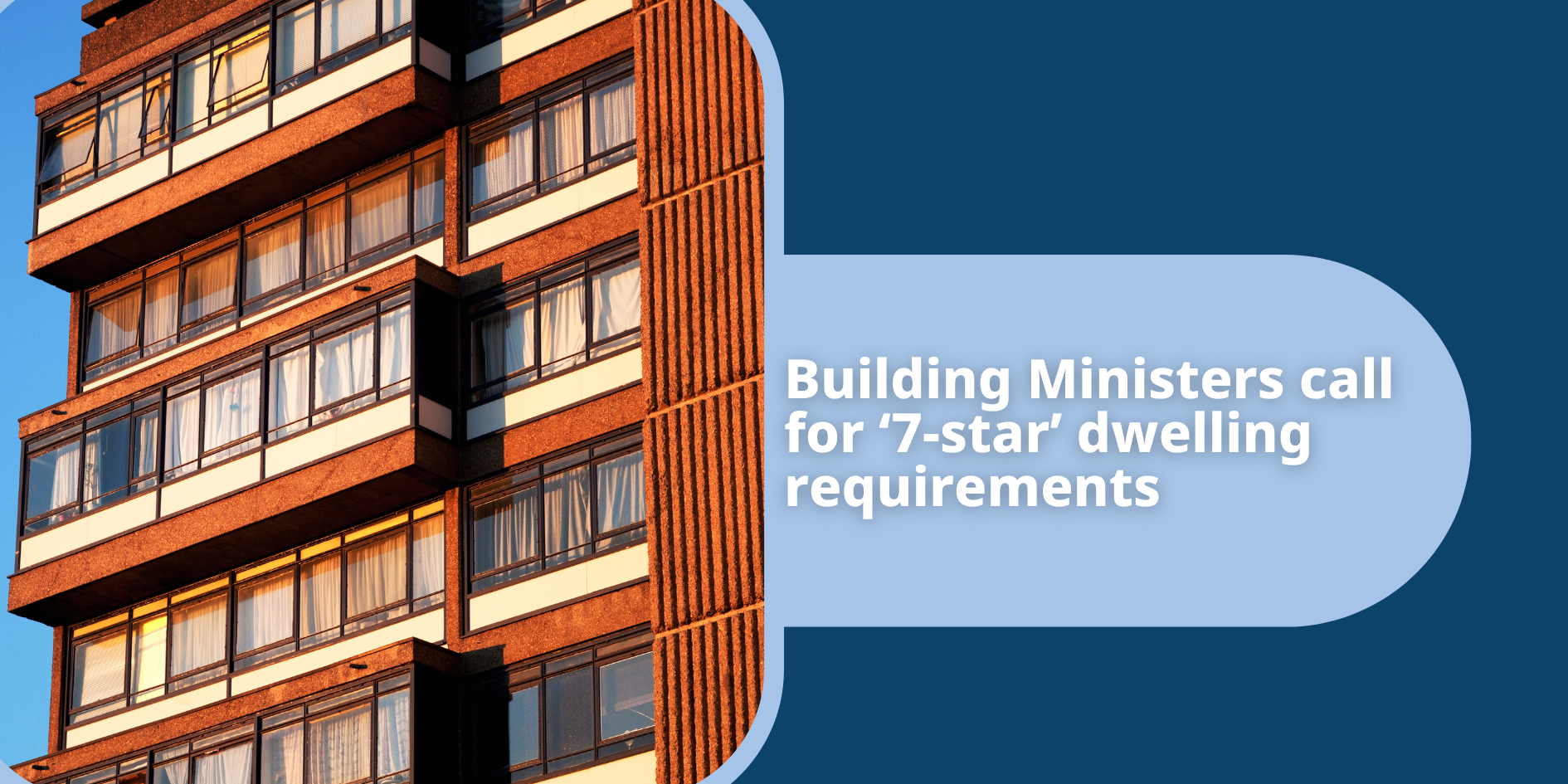A coalition of Australian building and energy ministers have agreed to a major change in the energy efficiency ratings for residential buildings that leads toward net zero emissions through an update to the National Construction Code (NCC).
The 2022 iteration proposes to overhaul the manner in which new residential buildings calculate energy performance and mandates an increase in the minimum ‘star grading’ as calculated by the Nationwide House Energy Ratings Scheme (NatHERS). NatHERS is a tool used by developers to grade energy ratings out of ten stars, and considers the design of a dwelling, as well as construction materials and the like when nominating a ‘rating’ to a new build.
The ministerial changes will require the NatHERS to consider the energy performance of major appliances such as heating, cooling, water, solar and battery storage to provide a second rating out of 100.
Purpose
The driving force behind these changes is to reduce emissions and transition to cleaner energies with the ultimate aim to decarbonise Victoria’s economy.
New provisions such as Planning Scheme Amendment VC221 (read more here) which removes the mandatory requirement for new dwellings to be connected to reticulated gas, show that the transition to more efficient energy systems is already occurring through the implementation of governmental change.
What does this mean?
The most significant change is that the major update to NatHERS proposes to increase the minimum energy rating from 6 to 7 stars. The increase in this demand will mean that the more-than 150,000 new homes built per year will provide Australian homeowners with up-to-date technologies and cost-effective living.
The difference between a six- or seven-star building can be calculated through a variety of factors, but often will be the result of which building materials, colours, and energy-saving appliances are used. This video provides insight into how this will be achieved from the conception stage of a house design.
It will be the role of town planners, architects, and engineers to collaborate on implementing smarter technologies into dwelling designs at their conceptual stage in order to meet the changing requirements as the NCC 2022 model is formally introduced over the next few months.
What’s next?
The NCC is to be formally published on 1st October 2022, with the Code expected to be in full effect by May 2023. It is essential that stakeholders become pro-actively aware of these amendments over the coming months. The first set of requirements will be available at ncc.abcb.gov.au on October 1st.
